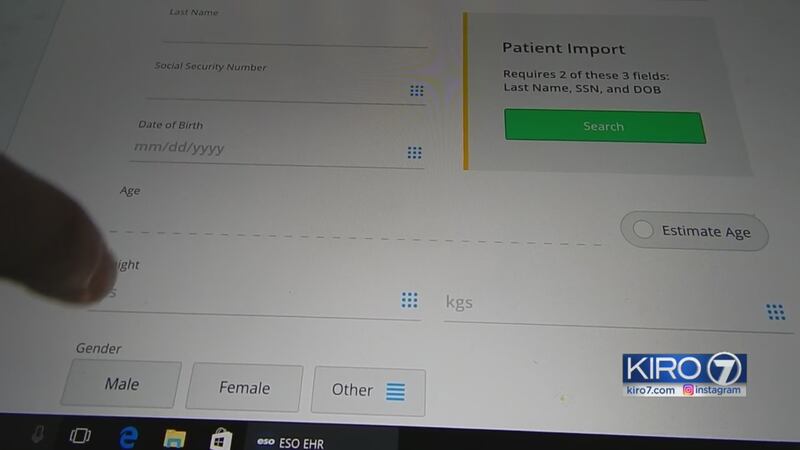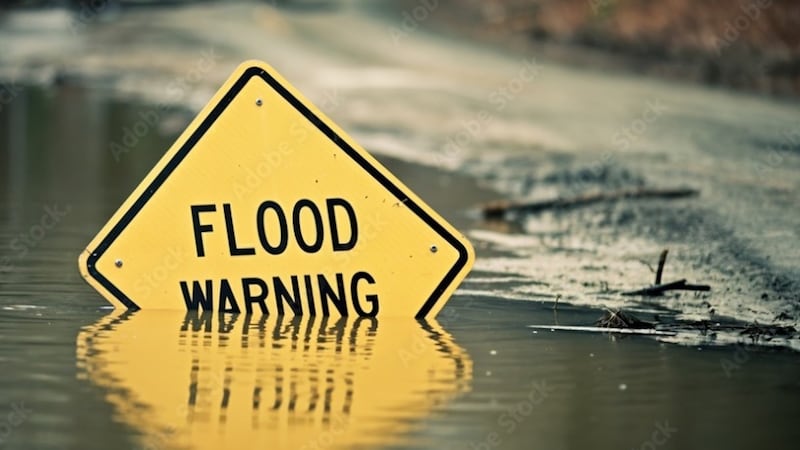The Seattle Fire Department is rolling out brand-new technology as part of a series of steps that are improving service and addressing the massive increase in non-emergency calls.
Of the 97,043 calls Seattle Fire responded to each year, the department estimates 25-40 percent are what it calls low-acuity. They are non-emergency calls like minor illnesses, homeless individuals sleeping on the street, and help with refilling prescription medications.
“Every time that a unit goes out for a low-acuity alarm, that unit is out of service and they can't respond to a fire, a car accident, a cardiac arrest, etcetera,” Jon Ehrenfeld, head of Seattle Fire’s low acuity program, said. “So it’s a really big concern.”
“So it can delay firefighters’ responses to the types of things they’re trained to do, like respond to fires?” KIRO 7 asked.
“Absolutely, yes,” he said.
The 500 block of 3rd Avenue has two of the top five locations for highest responses: one had 725 responses in one year and the other had 324 responses in a year.
These high-utilizing facilities are often calling about low-acuity incidents. Of the top five, four are homeless shelters. The other is a jail.
“Those are almost exclusively homeless individuals and there you have multiple compounding issues,” Ehrenfeld said. “You have mental illness, substance abuse, you have a pervasive lack of healthcare.”
But Seattle fire has some solutions up its sleeve, and it begins with electronic health records.
“It's pretty incredible, isn’t it?” Seattle firefighter Jeff Vale said as he showed KIRO 7 the program running on one of the department’s Surface Pro 4s.
Right now, three battalions—paramedics, West Seattle, and Queen Anne up to the border with Shoreline—are using them.
All you have to do, Vale explained, is search a patient’s name and age, and if their information has been inputted on a tablet before, “it will give us contact info, history, medical allergies, and medications that they take.”
“What would you have gotten for those topics without these (tablets)?” KIRO 7 asked.
“Nothing,” Vale said. “So we would have had a sheet of paper in front of us and we would just start from ground zero every time.”
The technology benefits patients across the board, and once it's uploaded, the hospital can access it, even before a patient arrives.
It's particularly helpful for low-acuity calls. Firefighters can find out about a mental illness, chronic disease, or known addictions.
“We can get people in touch with the right social services that maybe will help-- not only cut down on low acuity calls -- but also help those individuals get the care they need,” Vale said.
Carissa Streich and Kerianne Hendrickson are a part of the solution connecting people with the right social services.
“Often times it's people's worst day that we're meeting them on,” Streich said as KIRO 7 rode along with them.
Seattle Fire has often called AMR to transport non-emergency calls for medical assessment, even if that wasn't the best fit, because firefighters need to get to the next call.
But last June, they started a pilot program with King County's Mobile Crisis Team, which consists of pairs of mental health and chemical dependency professionals.
“Just encouraging them to call us when they have somebody they think would benefit from not going to the hospital and benefit from other services we can provide,” Kerianne Hendrickson said.
Those services include “clothing, shoes, food, drinks” she said, as well as tents. But they also provide connections to case workers or treatment facilities.
The team is averaging about 20 calls a month from three Seattle fire stations.
And in December, 14 shelter facilities in Seattle operated by the Downtown Emergency Services Center started using EvergreenHealth's Healthline.
Staff call these nurses on behalf of patients, before they ever call Seattle Fire. Nurses assess the patients’ symptoms and advise when and how they might get treatment, which is often not in the emergency room.
During KIRO 7’s visit, our news crew watched as a nurse advised the patient on the other end to be seen within the next 24 hours.
As of April 26, Healthline had received 129 calls that would normally go to Seattle Fire. More than 94 percent of those were treated in other ways than transport to an emergency room, saving time and money for the system.
Jon Ehrenfeld said when it comes to the Mobile Crisis Team, of the referrals they’ve made, only about 10 percent have had to go to the hospital. About 90 percent end up getting some other kind of service.
Together, the department believes these steps will mean fewer calls and better outcomes for patients.
“Is this really going to help get firefighters to emergencies and fires faster?” KIRO 7 asked.
“Absolutely,” Ehrenfeld said.
The city aims to have all fire stations using electronic health records by summer 2017. They'd also like to potentially use Healthline at other city facilities, like other shelter providers, senior living facilities, and possibly Seattle Housing Authority buildings.
Snohomish County’s major fire department have been using the electronic health records for almost five years. Everett Fire is switching over from laptops, which limit mobility, over to tablets, similar to the ones Seattle Fire is using.
Seattle Fire said earlier versions of the technology did not meet its needs, that it wanted to review what other counties were doing, and that it had to budget for the costs of outfitting and training such a large department.
Cox Media Group








